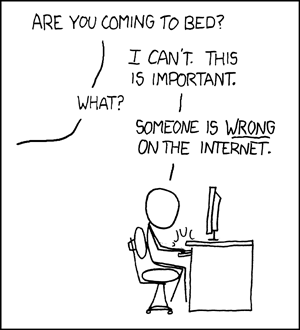Last year, I saw the Swytch Ebike conversion kit on Kickstarter $780 + custom fees (around $30). The reasons to get this over say, a tour capable Calfee conversion were as follows:
- light weight - mid-drive e-bikes currently weigh over 40 pounds. The conversion kit promised to be 3kg (or 6.6 pounds) with an additional 3.3 pounds for the Tour battery pack, which would grant you a 100km range, more than sufficient for even the most rigorous western wheeler LDT ride.
- water-proofing - Calfee's conversion was not guaranteed to be waterproof, while the swytch was guaranteed to be waterproof
Little did I know the kit would take more than a year to arrive, between pandemic and the fact that few people ordered the 100km battery pack and 650B wheels (to fit the
Cheviot) so we were among the last to receive our kit.
When the kit arrived, I took it out and scratched my head, because neither the battery pack or the wheel setup looked anything like the instructions on the
Swytch website. Apparently, the Tour battery pack was an older model, but it wasn't too hard to figure out. I plugged in the battery overnight to charge. Then I figured out that I had to use scissors to cut the hub protectors and zip ties so that I could pull off the nuts and washers.
The worst thing about the Swytch kit is that the axle is designed for 10mm dropouts. My guess is that the target audience is someone who wants to convert a Walmart/Target bike-like object into an e-bike. Standard bicycle quick release dropouts are 9mm. The net result was that I had to file off 0.5mm of material on 4 sides of the flat part of the axle. Before you ask, this was indeed s
anctioned by Swytch. The process took the better part of 2 hours, using a
rectangular file, checking frequently for fit. When done the axle fit snugly, and I attached the washers.

After that, the rest of the kit was comparatively easy: snap over the PAS sensor onto the crank, attach the sensor, and run cables up to the battery mount. Looking at the design, I would have mounted the battery on the bottle cage, but of course, many women's bikes have room for only one bottle cage, so it's probably all for the best to have a dedicated handlebar mount, which also serves to slow down most bikes' handling, which is what you want for an e-bike. The PAS sensor secure ring looked ugly, but it stayed on when jumping a curb, so I guess it's better than it looks.
The bar mount, however, is a mess. I had to cut the rubber spacers that came with the device to get it to mount, and the nut and allen head screw came with no way to secure the nut while turning the screw --- a better design would have been a captured nut in a shaped cavity --- again, this is the sign of a kickstarter project that didn't have a good mechanical engineer onboard. I eventually fixed this by getting out a pair of needle nose pliers, and holding it securely. For one of the screws I flipped the nut and bolt positions to get more leverage to tighten it down properly. I tried scheduling a support call to get through the above issues, but their Zoom technician never showed up at the appointed time, so it's a good thing I figured out how to do this without help.
Of course, the kickstand that came with the Rivendell couldn't handle the extra weight of the battery, so I ended up ordering a new
double-leg kickstand and installing that as well.
How does it ride? Surprisingly well. The power provided is substantial (250W), and the relatively light weight of the entire kit didn't change the handling of the Cheviot much. The wire sticking out of the hub is unsightly, but it's supposed to bw waterproof, and the PAS sensor is surprisingly sensitive - even a little bit of pedaling will trigger it, which is important to making the e-assist feel responsive --- I would be comfortable starting this bike on the wrong gear on a steepish hill, which I didn't expect to.
My wife complained that having the weight on the front of the bike makes descents feel scarily fast. But of course, weight is weight, whether it's on the front, center or bottom of the bike is going to make descents fast. A lower center of gravity (like on mid-drive bikes) of course is much better than having a battery cantilevered on the handlebars, but that's going to take a purpose built design.
I would be comfortable recommending this kit to anyone using a bicycle for short commutes or around-town riding, where you could opt for the lighter battery (saving 3 pounds). For longer rides on a regular basis, a purpose built e-bike would be better, but now you're looking at more than twice the price and much higher weight! Note that if you don't want to wait a year and are willing to put up with almost twice the weight, you can get a similar kit from a USA for about
$900 (without handlebar mount but with a throttle in addition to the PAS sensor).

